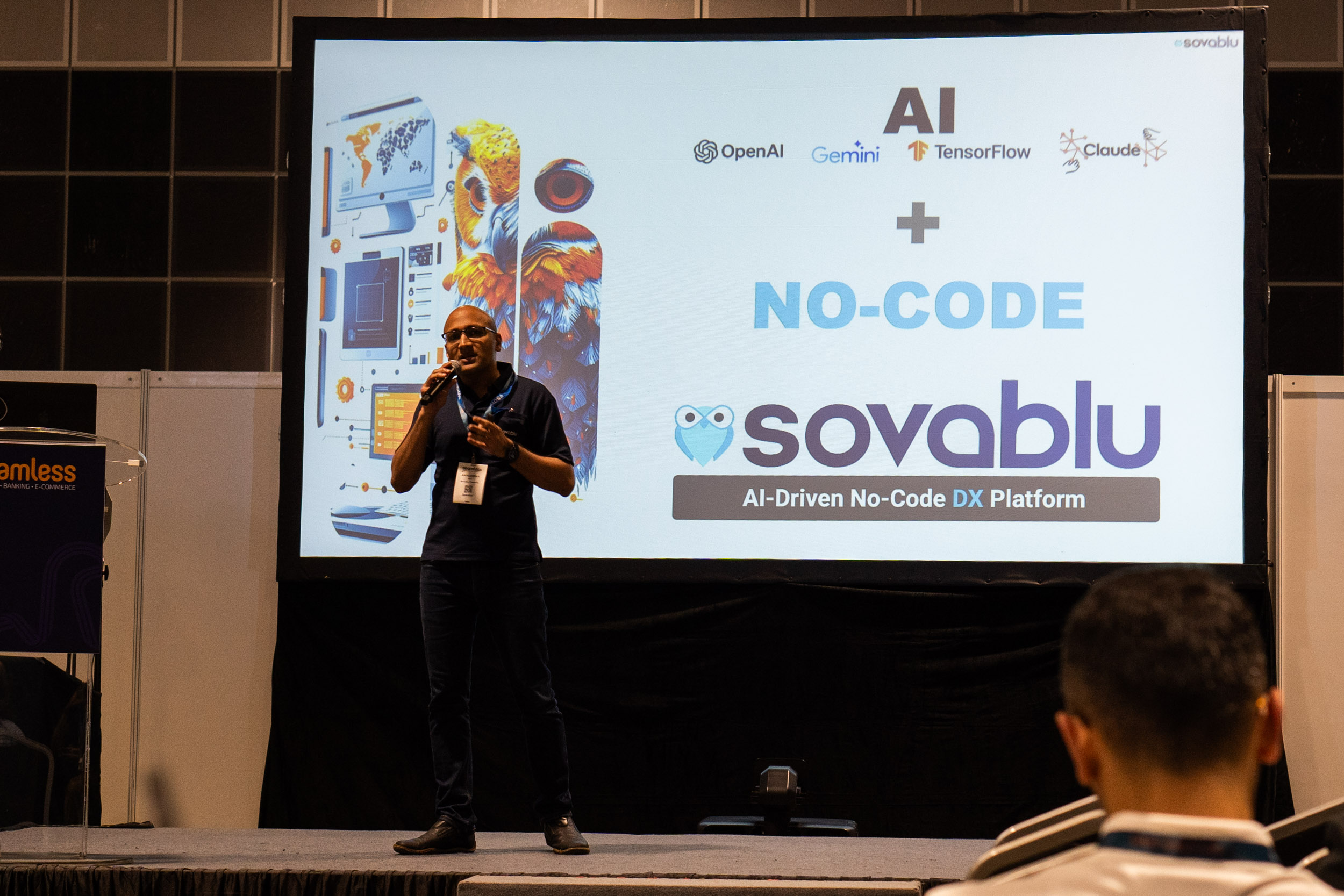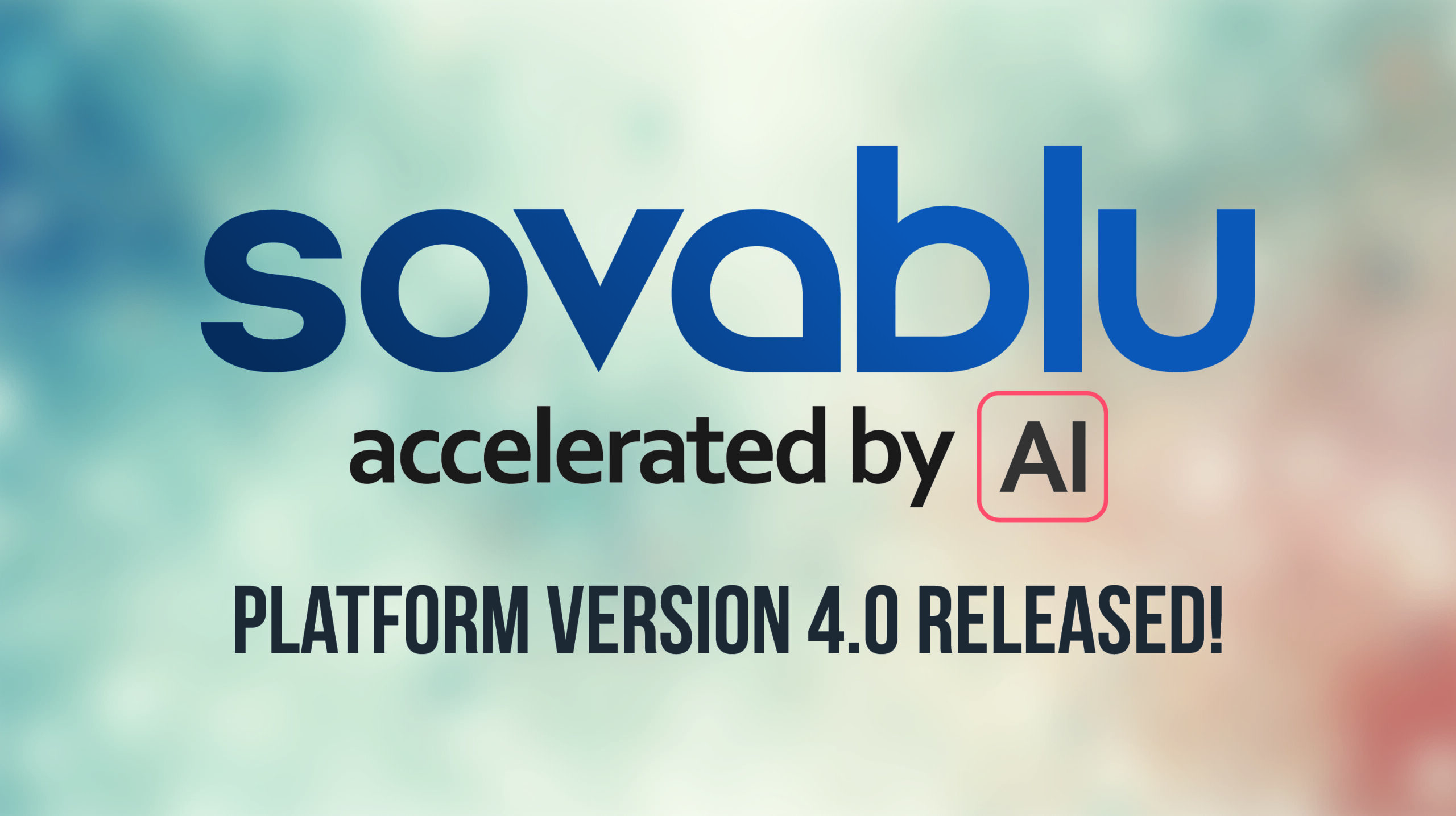Hoshino Resorts, the leading luxury resorts chain in Japan, transforms its applications ecosystem using SOVA
Hoshino Overview:
Hoshino Resorts was first established as a Japanese inn/ryokan in 1914 in Karuizawa in Nagano Prefecture before it began the operation of other resorts in Japan. Today, it has evolved into a highly influential hotel management company and is run by 4th-generation family member Yoshiharu Hoshino. Providing a unique experience focused on the local charms of each destination and a high level of omotenashi, Japanese-style hospitality, the company has expanded rapidly out of Karuizawa since 2001 and now operates more than 40 accommodations both in and outside Japan.
Hoshino Objectives:
Overview:
Hoshino Resorts wanted to accelerate and modernize the development and management of its applications ecosystem.
- To create a modern Supply Chain Management system that would bring all their locations under a single system with a unified process.
- The new system should be Cloud-based, scalable and be flexible enough to connect with future systems created for the company.
- To the extent possible, the system should be developed by the company’s internal IT division using modern tools and technologies.
- The cost of developing, operating and maintaining the system in the long run should be within the company’s IT budgets and deliver an optimal balance of efficiency and performance.
Key Challenges:
Overview:
Hoshino Resorts had started the development process but was facing significant challenges to deliver the desired outcome within the set timelines and cost budgets.
- The company’s IT division was using a combination of tools and methodologies that included a popular low-code platform, but the limited capabilities of the low-code platform meant that most of the complex development had to be done manually.
- It was clear that it would take at least 1 year to develop the first version of this system, and the costs would also be substantially high.
- Development of this system had been started but due to the pressures of cost, quality and time, the company was keen to find a better and more efficient way to accomplish their objectives.
Key Features of the System:
- Top Level Modules:
- Sales Order
- Purchase Order
- Shipping
- Missing Items Support
- Production Order
- Inventory Management
- Vendor Management
- Complexities:
- The system has more than 100 screens spread across multiple modules.
- The screens and modules have numerous interdependent connections and very complex processes and logic flows between them.
- The user interface and user experience had to be kept simple even for complex flows because most system users would have minimal familiarity with enterprise systems.
- A previous low-code platform had failed to address the above challenges and had to be scrapped. So a key question was whether SOVA would be able to deliver the desired solution with a completely no-code development approach.
Solution:
Overview:
Working together with the SOVA team, a small team of developers from the IT division of Hoshino Resorts was able to upskill rapidly and establish an applications development strategy and roadmap to quickly develop and deploy complex solutions for the company.
- Development was done in the SOVA development environment and once completed, the system can be migrated to the Hoshino environment.
- Agile methodology was decided to be followed as the detailed system requirements were not finalized. Hoshino had multiple ideas and wanted to see the results incrementally and then decide on the best solution.
- Each idea was discussed in daily meetings and requirements were finalized each day. These requirements were implemented immediately using SOVA in a day or two and the result was shown to Hoshino. Hoshino could understand the output/design/operation/process clearly by looking at the result. When needed, changes were made and verified by Hoshino during the meeting. So the functionality took shape piece by piece very quickly and also with the clear understanding of the Hoshino team.
- Initially, “skeleton screens” were developed as per Hoshino’s Figma design concepts. Once the screen design was almost finalized, we started adding functionality in the backend. In this way, the Hoshino team understood how the screen would look and how it would function. They could easily change the layout, add/remove fields, add buttons and messages on the go.
- The Hoshino team was also able to understand and learn about SOVA and its capabilities via this approach. This also enabled them to learn how to create applications by themselves.
- They had complete access to the SOVA Support Portal containing platform documentation and user guides. They were also able to raise queries and issues via the ticketing system.
- Their team was given some guide documents to create sample screens, based on which, they tried to create new screens at their end. Whenever they would face an issue or needed advanced guidance, the SOVA team interacted with the Hoshino team to address their needs.
Outcome:
Overview:
Hoshino Resorts has successfully transformed its entire applications development strategy and achieved a state where they can now create and release highly complex applications in a fraction of the time compared to where they were before adopting SOVA. Immediate impact is being observed on the cost of development and operations. Moreover, estimation of cost, time, and effort has become more streamlined and they have a very clear roadmap for the implementation of other systems.
Key Results:
- The initial goal was to have the SCM system ready for use by April 2023. However, since the development was started on SOVA, tremendous speed gains were achieved and the release date was brought forward to July 2022.
- Moreover, additional features that were not even considered initially for the 2023 release have now been included in the scope and will aim to be released by September 2022.
- An initial team size of 10 to 15 members was considered. With SOVA, a much larger project scope could be implemented with a much smaller team of just 5 members.
- The Hoshino team can now create new systems and implement future enhancements by themselves, which vastly reduces the risks associated with dependencies on external development vendors.
- As an example of how quick and efficient the process was, the Purchase Order List screen was developed completely in just about 15 days, supported by hardly 10 to 15 minutes of daily discussions.
- Even when there were some issues during development, explaining the root cause to the Hoshino team and resolving them was easy and hassle-free.
- The new execution model guarantees rapid development and deployment of all their future systems, which has a direct positive impact on the business’s bottom line.
Future Plans:
- All new applications required will be created on SOVA.
- Existing applications will be gradually migrated to SOVA-based applications.
- Some applications created by them shall be made available to other entities on a Subscription basis (SaaS model).








